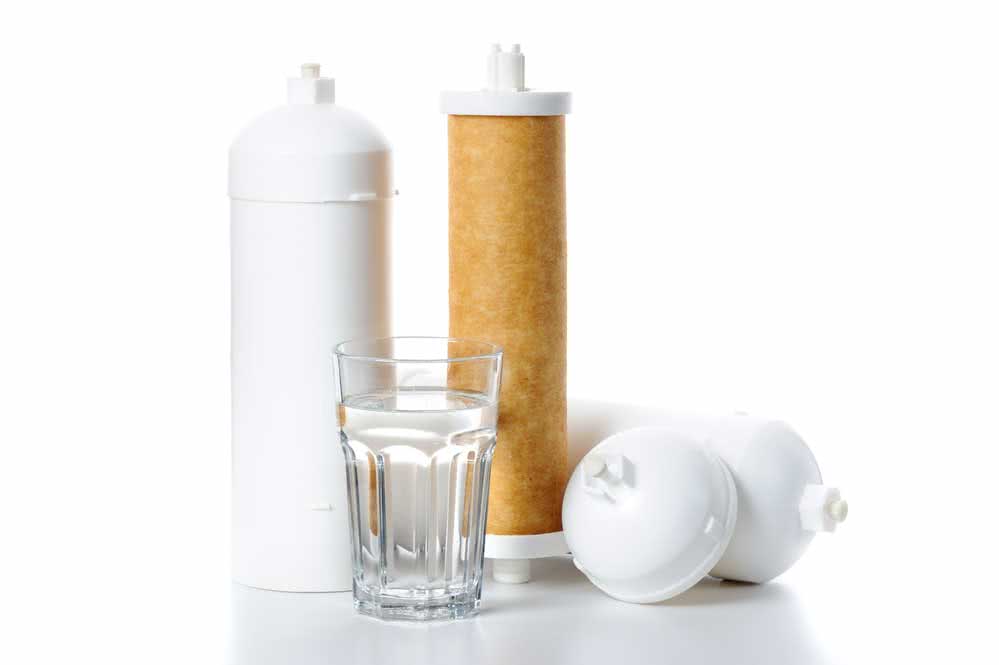Water filter or purifier? That is the question! If that doubt also hits your head, then it is high time to understand the difference between these two essential items for good health.
Keep following the post to find out what is the difference between filter and purifier and, thus, be able to decide which is the best option for your family.
Why do you need a filter or water purifier?
Surely you should already know that an adult needs to drink at least two liters of water per day. And it can’t be any water!
It must be a clean and treated water that guarantees the necessary hydration to the body, but without the presence of harmful microorganisms to health.
In addition to microorganisms, filtered or purified water (as you prefer) also eliminates heavy metals that are harmful to health, such as chlorine and fluoride.
After going through the filtration process, the water can be used both for drinking (of course!), But also for cooking, offering to pets, making juices, among other uses.
What is the difference between filter and purifier

Filter
When it comes to filter, most likely what comes to mind is the classic image of the clay filter, of those that were above the sink in the grandmother’s house.
And believe me, the clay filter is not just a resource for treating water. The clay filter is practically a Brazilian cultural heritage and you must have taken water from it at least once in your life. Legend has it that this is a legitimate Brazilian invention.
In addition to the classic clay model, it is still possible to find combined plastic and stainless steel filters on the market.
But, after all, what does the filter have to offer? The water filter is a tool for domestic water treatment, which in addition to eliminating impurities still offers the water always at the ideal temperature.
However, this is a simple operating model, so to speak. This is because the water filter works only with a central candle through which the water passes and receives the filtering treatment and then goes down to the bottom where it is finally used.
The filter candle can retain impurities, but it cannot completely eliminate certain types of bacteria and only partially removes some types of heavy metals, such as fluorine, chlorine, aluminum and lead. The estimate, according to studies, is that the clay filter can retain around 95% of these impurities present in the water.
In some cases, depending on the type of candle, as is the case with the colloidal silver candle, the filtration is more complete and able to retain impurities more efficiently.
So the water filter doesn’t work? Yes, it works! But it is recommended for homes that already receive previously treated water.
To work properly, the filter also needs to be always clean and with the candle changed periodically, about every three months.
Advantages of the clay filter
- Low cost
- Eliminates impurities
- Keeps the water temperature always at the ideal point (in the case of clay filters)
- Does not need electricity to work
Disadvantages of the clay filter
- Does not completely eliminate bacteria and heavy metals (around 95%)
- Needs constant cleaning
- Requires changing the spark plug periodically
- It is necessary to fill the filter, since it does not supply itself
- Suitable for homes that receive previous water treatment
Purifier

The water purifier is a modern alternative to the clay filter. The filtration system is carried out in an integrated way with the water supply system, that is, it is not necessary to supply, since the purifier is automatically fed.
In this system, the water goes through a type of refill, usually made of microfiber, responsible for the first screening of the filtering process. Larger particles such as grains of sand, earth and other sediments that may be in the water are retained in this refill.
Then, the water passes through an activated carbon chamber with colloidal silver. This is where the purification takes place. The combination of these two substances is capable of retaining up to 99.9% of bacteria and heavy metals, also eliminating odors and flavors that, perhaps, may be present in the water.
Benefits
- More complete and efficient elimination of bacteria, heavy metals and microorganisms
- No need for supply, making it more practical on a daily basis
- It can be used safely in houses that are supplied with well water or in cities where the water treatment system is not suitable.
Disadvantages
- Needs electricity
- Higher cost when compared to traditional filters
- Needs installation and possibly hiring labor
What is the best option: filter or purifier

As you can see, both the filter and the purifier have advantages and disadvantages. In terms of efficiency in water filtration, both have practically the same quality. In the case of the clay filter, the recommendation is to opt for a filter candle with colloidal silver to increase the elimination power of microorganisms and metals.
In terms of cost, the clay filter wins by leaps and bounds. Not to mention the fact that it does not depend on electricity to work, saving you even more.
However, it loses to practicality, since it requires maintenance of the candle and constant cleaning to guarantee the purification of the water, which does not happen with the purifier. It is also not suitable for use in houses supplied with well water.
So, if your search is for something efficient and cheap, invest in the clay filter. But if you are looking for something efficient and practical, then your best option is the purifier.



